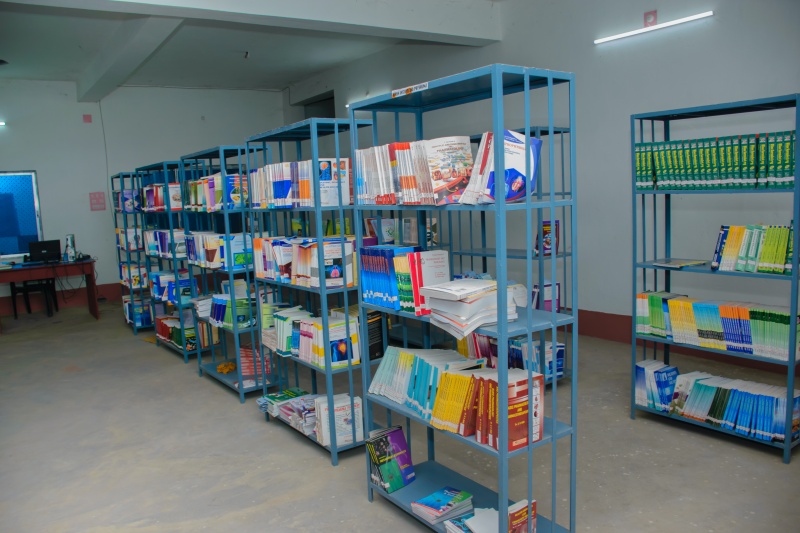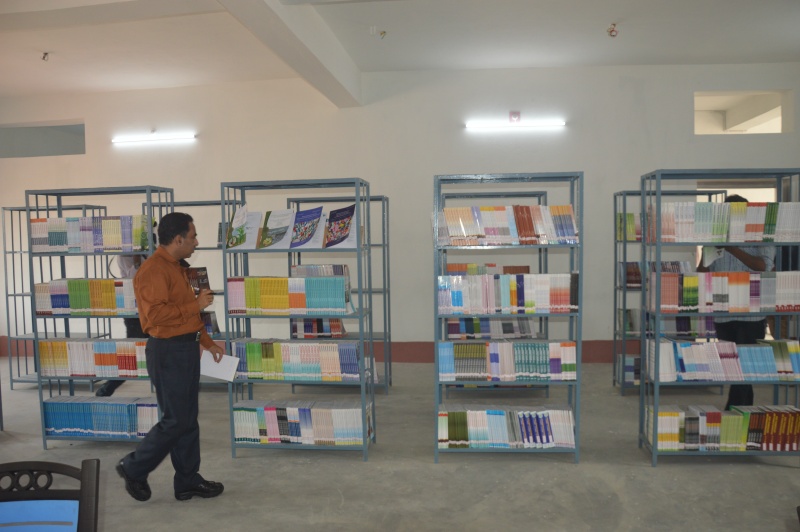



Our library holds the following characteristics :-
· No physical boundary. The user of a digital library need not to go to the library physically; people from all over the world can gain access to the same information, as long as an Internet connection is available.
· Round the clock availability A major advantage of digital libraries is that people can gain access 24/7 to the information.
· Multiple access. The same resources can be used simultaneously by a number of institutions and patrons. This may not be the case for copyrighted material: a library may have a license for “lending out” only one copy at a time; this is achieved with a system of digital rights management where a resource can become inaccessible after expiration of the lending period or after the lender chooses to make it inaccessible (equivalent to returning the resource).
· Information retrieval. The user is able to use any search term (word, phrase, title, name, subject) to search the entire collection. Digital libraries can provide very user-friendly interfaces, giving click able access to its resources.
· Preservation and conservation. Digitization is not a long-term preservation solution for physical collections, but does succeed in providing access copies for materials that would otherwise fall to degradation from repeated use. Digitized collections and born-digital objects pose many preservation and conservation concerns that analog materials do not. Please see the following “Problems” section of this page for examples.
· Space. Whereas traditional libraries are limited by storage space, digital libraries have the potential to store much more information, simply because





